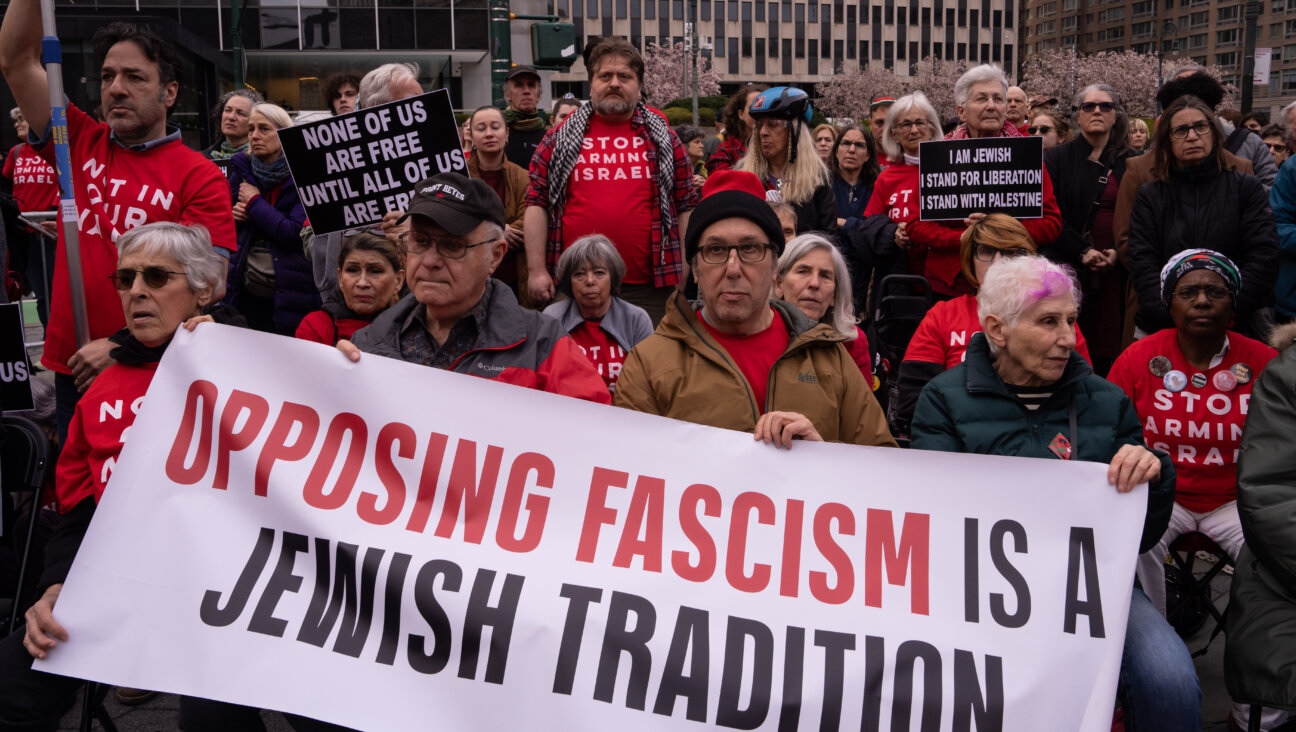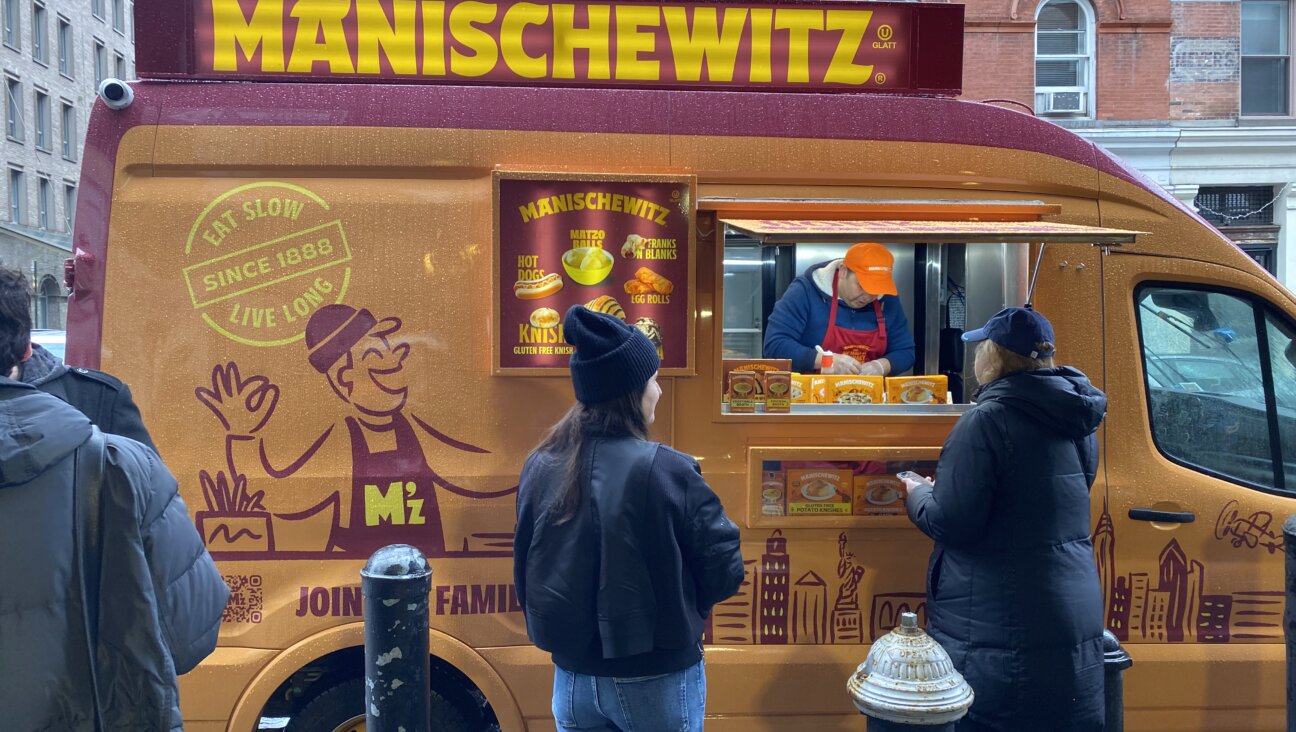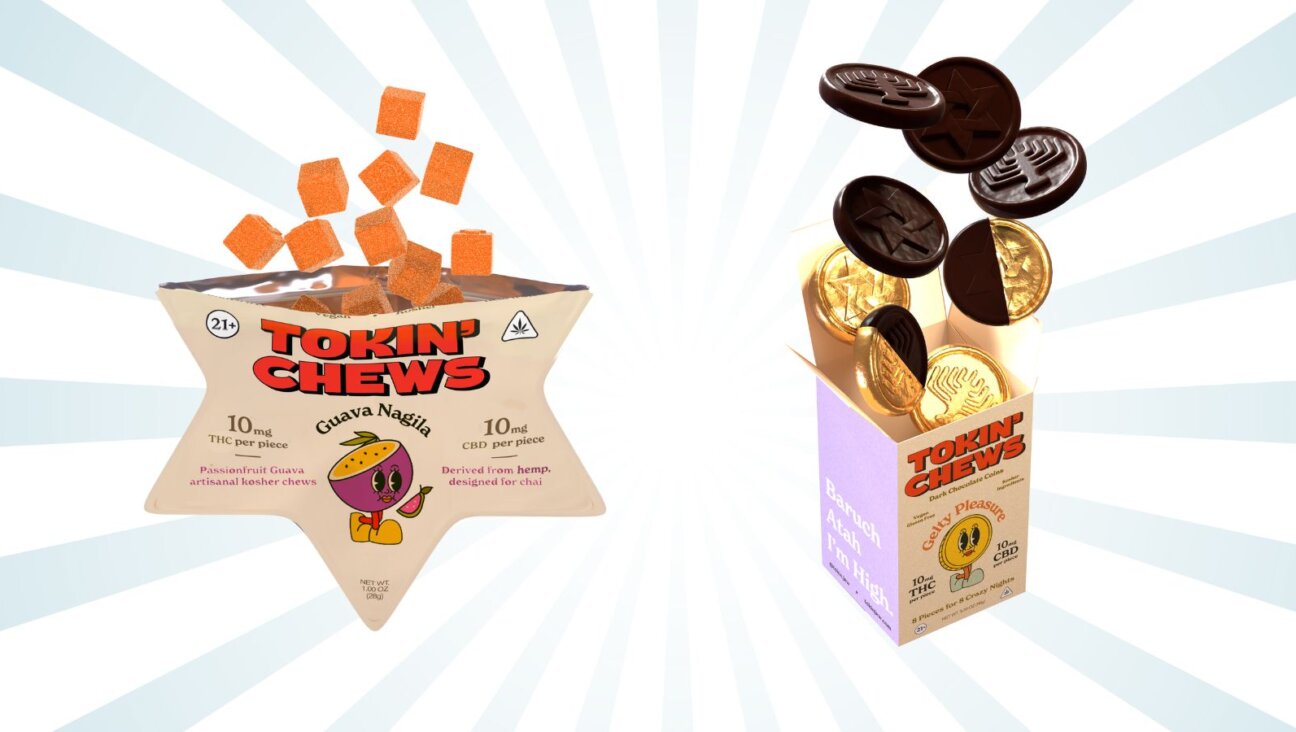First Fruit Challah For Shavuout

Image by Seth Fineman and Sarah Chandler
In ancient times, the challah eaten on Shavuot was the first taste of the new year’s wheat. During the counting of the Omer, first barley, and then wheat, were counted in anticipation of the Shavuot festival. When the other first fruits were offered in Jerusalem, two large challot were made of the first fruits of the wheat plant -. Like the first wheat plants, the Challot were also big, fluffy and delicious!
In modern times, we are blessed with year-round access to milled grains ready to bake into delicious breads and cakes. In our climate, the wheat is still completely green – we expect these grains to be ready for harvest sometime in July. Yet, as we look toward Shavuot, we are aware that this festival celebrates more than just the giving of the Torah – it also reminds us of the seasons in ancient Israel. Shavuot only comes once a year, but Shabbat comes every week!
While the wheat that goes into our challah may come in a package for most of the year , Consider: the richness of the eggs, an essential ingredient in challah, come from our very own chickens at Adamah farm. (Read on below about a recent Friday afternoon challah marathon, coupled with farm chores and pre-shabbat rituals here at Adamah farm.) One of the most special parts of preparing for Shabbat is making your own challah! Sweeter and fluffier than store bought challah, making challah at home allows you to add your favorite ingredients to it. Best of all, when it’s time for dinner, it is warm and fresh.
While some people may already have a challah baking routine incorporated into their pre-Shabbat plans, for others it can be a bit stressful. Here is a preview of what day to day Adamah is like, and how we recently figured out how to incorporate challah making successfully into our plans. The closer you make it to Shabbat, the fresher it will taste!
3 hours before Shabbat: Gather eggs from the chickens 2.5 hours before Shabbat: Mix ingredients, knead, let rise 2 hours before Shabbat: Go milk goats 1.5 hours before Shabbat: Braid dough, cover in egg wash, let rise 1 hour and 15 minutes before Shabbat: Mikvah (Ritual purification process done at many times, including before Shabbat. At Adamah we jump in the river!), shower and dress for Shabbat. 45 minutes before Shabbat: Put dough in oven at least 45 min before Shabbat starts; put oven on timer to turn off at candle lighting 15 minutes before Shabbat: Put chickens to bed. At candlelighting time: Remove challot from oven. Light Shabbat Candles.
After we made motzi, the challah was devoured, and everybody loved it. That feeling of success of making others happy mad us feel warm on the inside, and so did the challah.
ADAMAH connects people to their roots—to the land, to community, to Judaism and to themselves. Adamah means “earth.” Adamah’s educational programs and homegrown products emphasize hands-on experience and peer leadership to empower participants with skills and confidence to make a difference. Now accepting applications for our 2012 Summer and Fall Fellowships! Visit [adamah.org] (http://isabellafreedman.org/adamah/intro) today
The Forward is free to read, but it isn’t free to produce

I hope you appreciated this article. Before you go, I’d like to ask you to please support the Forward.
Now more than ever, American Jews need independent news they can trust, with reporting driven by truth, not ideology. We serve you, not any ideological agenda.
At a time when other newsrooms are closing or cutting back, the Forward has removed its paywall and invested additional resources to report on the ground from Israel and around the U.S. on the impact of the war, rising antisemitism and polarized discourse.
This is a great time to support independent Jewish journalism you rely on. Make a gift today!
— Rachel Fishman Feddersen, Publisher and CEO
Support our mission to tell the Jewish story fully and fairly.
Most Popular
- 1

Opinion The dangerous Nazi legend behind Trump’s ruthless grab for power
- 2

Opinion A Holocaust perpetrator was just celebrated on US soil. I think I know why no one objected.
- 3

Culture Did this Jewish literary titan have the right idea about Harry Potter and J.K. Rowling after all?
- 4

Opinion I first met Netanyahu in 1988. Here’s how he became the most destructive leader in Israel’s history.
In Case You Missed It
-

Culture Trump wants to honor Hannah Arendt in a ‘Garden of American Heroes.’ Is this a joke?
-

Opinion Gaza and Trump have left the Jewish community at war with itself — and me with a bad case of alienation
-

Fast Forward Trump administration restores student visas, but impact on pro-Palestinian protesters is unclear
-

Fast Forward Deborah Lipstadt says Trump’s campus antisemitism crackdown has ‘gone way too far’
-
Shop the Forward Store
100% of profits support our journalism
Republish This Story
Please read before republishing
We’re happy to make this story available to republish for free, unless it originated with JTA, Haaretz or another publication (as indicated on the article) and as long as you follow our guidelines.
You must comply with the following:
- Credit the Forward
- Retain our pixel
- Preserve our canonical link in Google search
- Add a noindex tag in Google search
See our full guidelines for more information, and this guide for detail about canonical URLs.
To republish, copy the HTML by clicking on the yellow button to the right; it includes our tracking pixel, all paragraph styles and hyperlinks, the author byline and credit to the Forward. It does not include images; to avoid copyright violations, you must add them manually, following our guidelines. Please email us at [email protected], subject line “republish,” with any questions or to let us know what stories you’re picking up.















